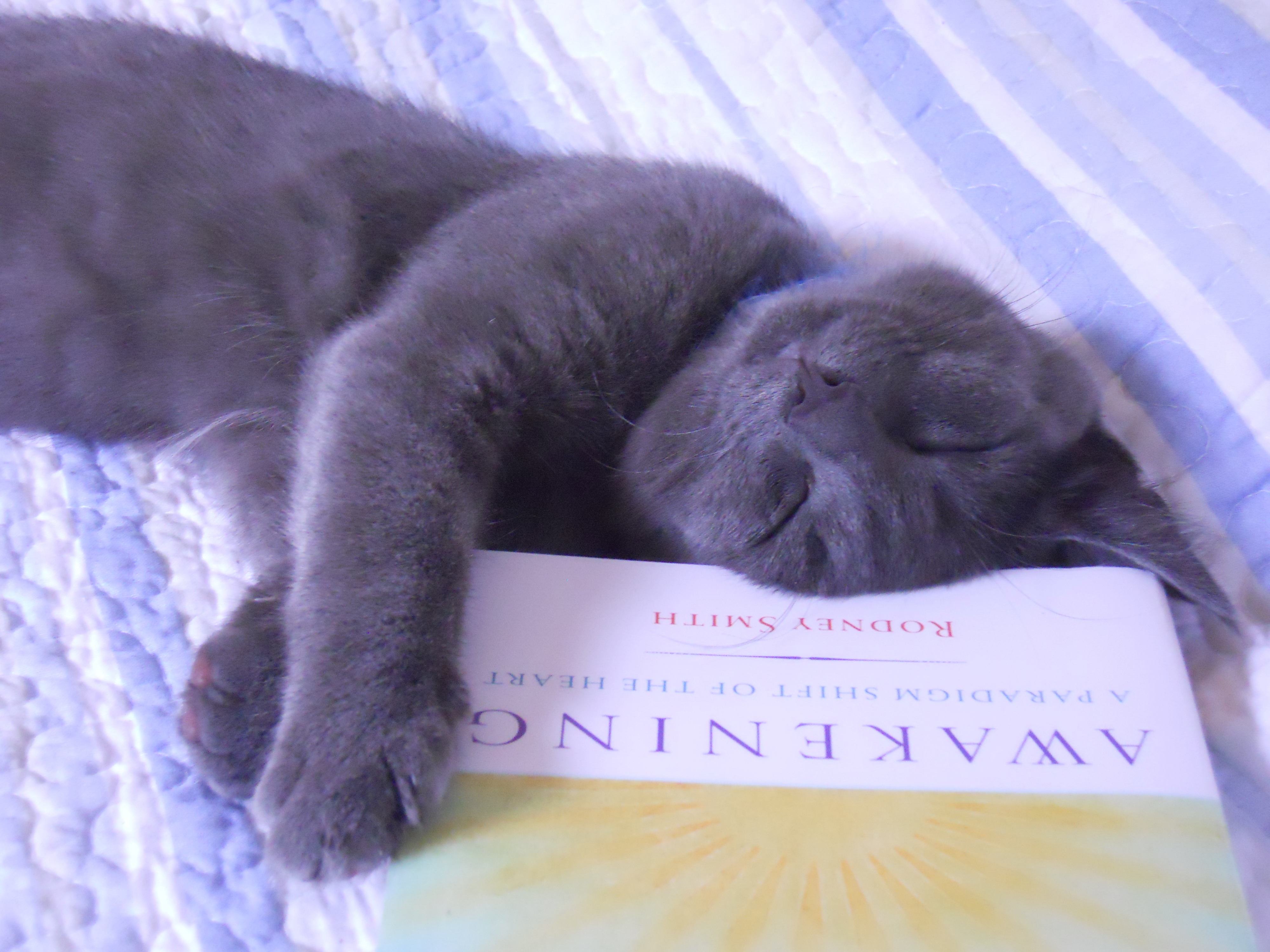When I was in college, I was totally engrossed in learning, studying philosophy, psychology, etc. Equally I was involved in demonstrating for everything from stopping a war to getting funds to feed and clothe children. I felt that the life of the world and my life shared the same stream.
But right now, in this time in history, the link between most of us and those in power has grown too distant. The sense that what I do influences world events or that life has meaning in and of itself is getting lost. Sometimes, I can feel like one overwhelming cloud is darkening all our lives.
But other times⎼ for example, last night. I don’t know why, but even something little can change everything. I went to bed, did a short meditation, said goodnight to my wife and cats. And when I turned out the lights, like usual, the darkness surrounded me. But it was a different sort of darkness, amazingly quiet, except for the soft purring of the cats, and so much like an embrace. The anxiety and worry disappeared. No thoughts were anywhere.
And right there, while resting my head on the pillow, I felt in the middle of everything. The quiet of that specific moment encompassed everything. I can barely describe it now, other than to say the night seemed to open to me. All that was needed was to let myself in. And a sense of peace would be waiting for me. And then it was.
We so benefit from better understanding ourselves. I’d been having a painful and possibly serious health issue. And last week, I needed to undergo a medical procedure to help heal it. The night before the procedure, I was anxious. Since I had to wake up earlier than normal to get to the hospital, and my condition often interfered with sleep, I was worried about how much sleep I would get.
But I fell asleep just fine. And soon entered a dream. Without going into too much detail, my dream-self heard, and then saw through a window, someone outside our house. There was snow on the ground. The person was walking away from me and suddenly fell into the snow. I got up to go out after them. But before I could, the dream changed location.
I was in a huge barnlike structure occupied by a group of maybe ten, maybe twenty people. I couldn’t see any of them clearly. And someone was just out of sight, partially hidden. But I could clearly feel this mystery person was important and was getting ready to lead the group in an activity.
However, one person in the group, who I felt to be an outlier, an independent sort, started chanting Ooommm. Or AUM. On their own. A few others joined in. I joined in. This was a simple OM, very natural. It’s a practice I first learned in a college improvisational theatre group. Just taking a breath in; and as we breathed out, we let the air pass through the vocal cords and naturally vibrate out the sound. Concentrating on the feel of the sound, we then heard the silence we created in and around us….
*To read the whole article, please click on this link to The Good Men Project.


